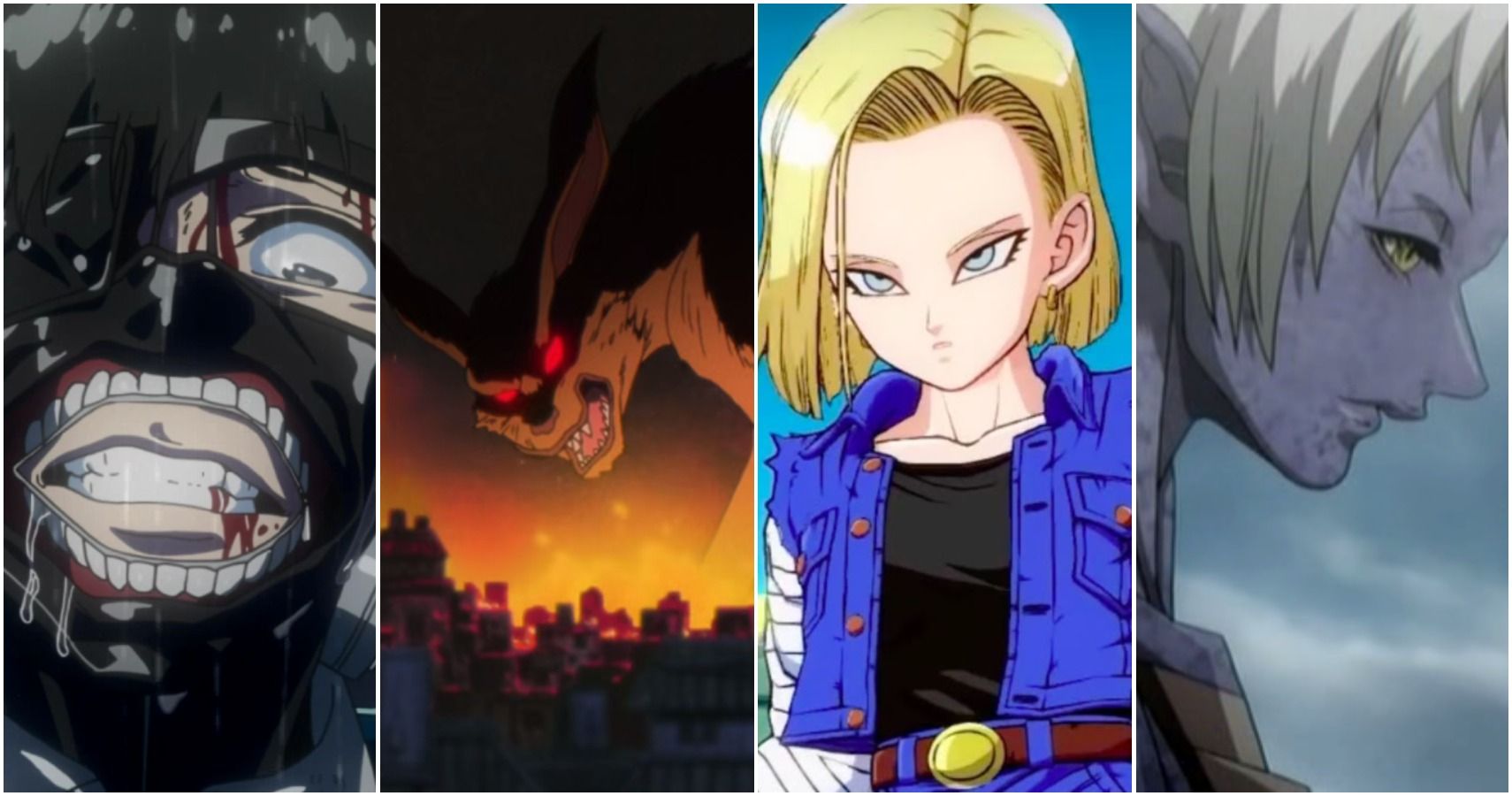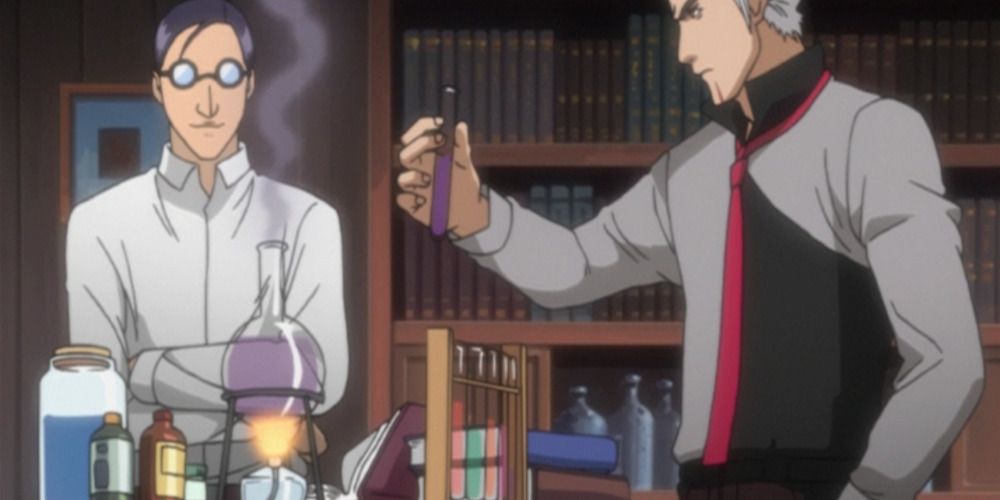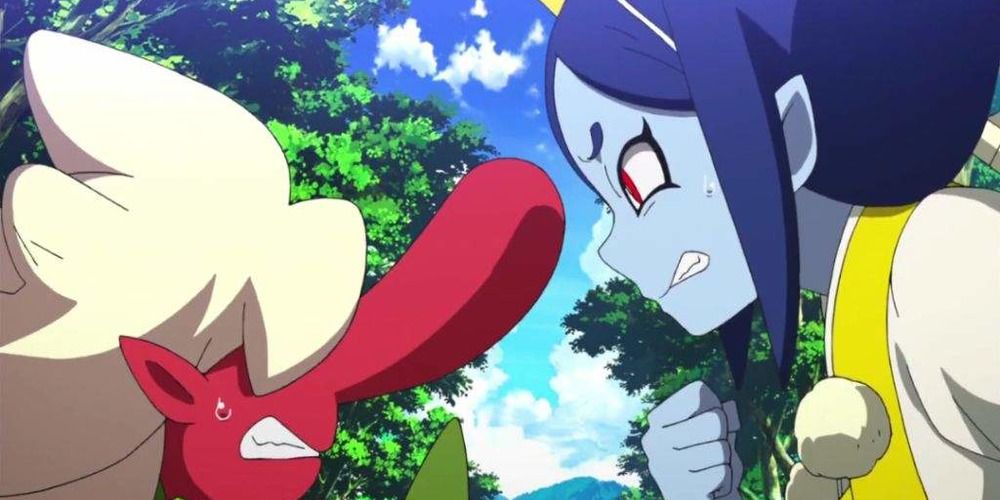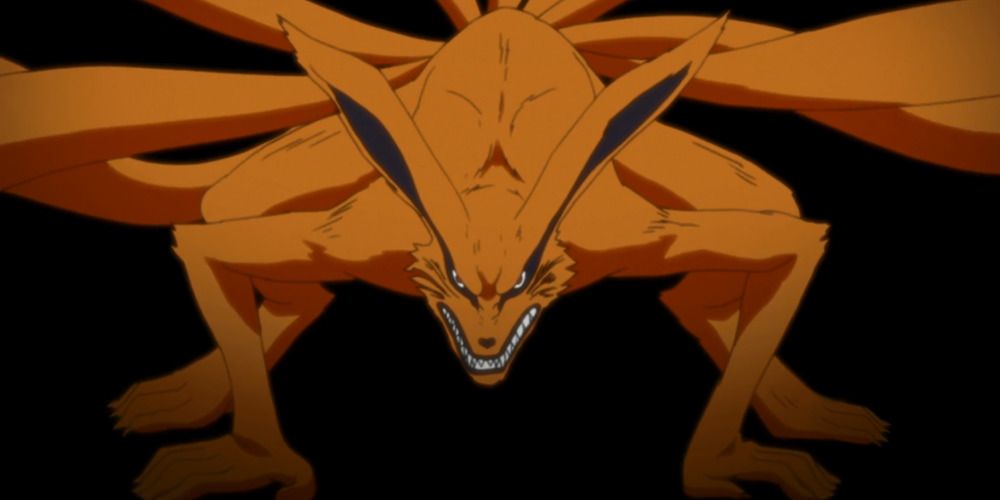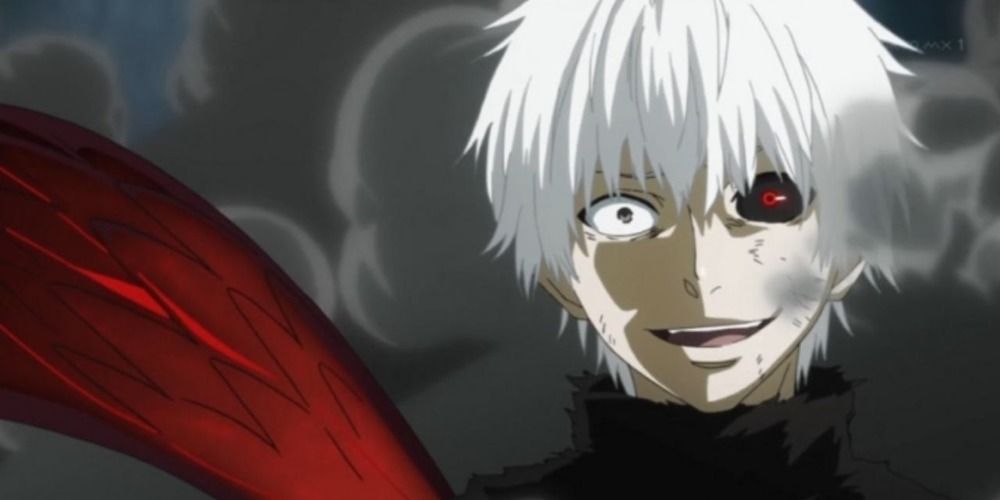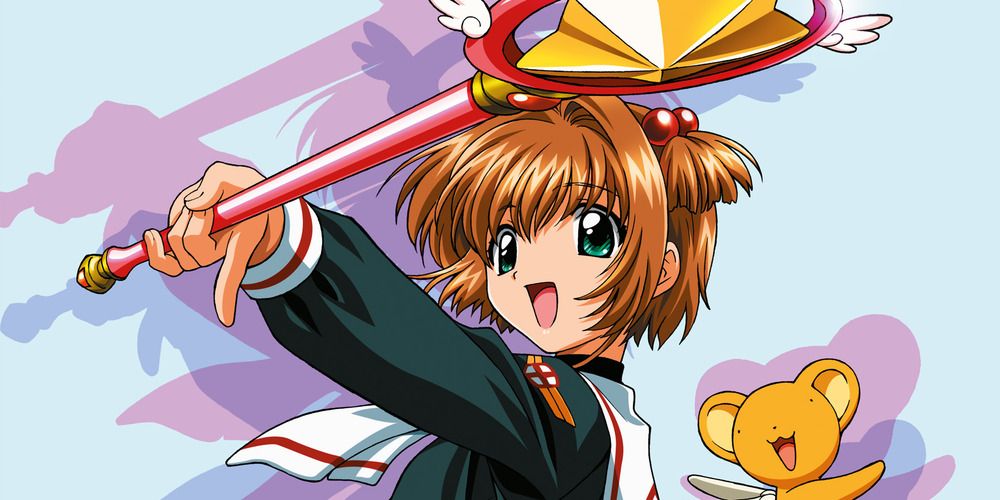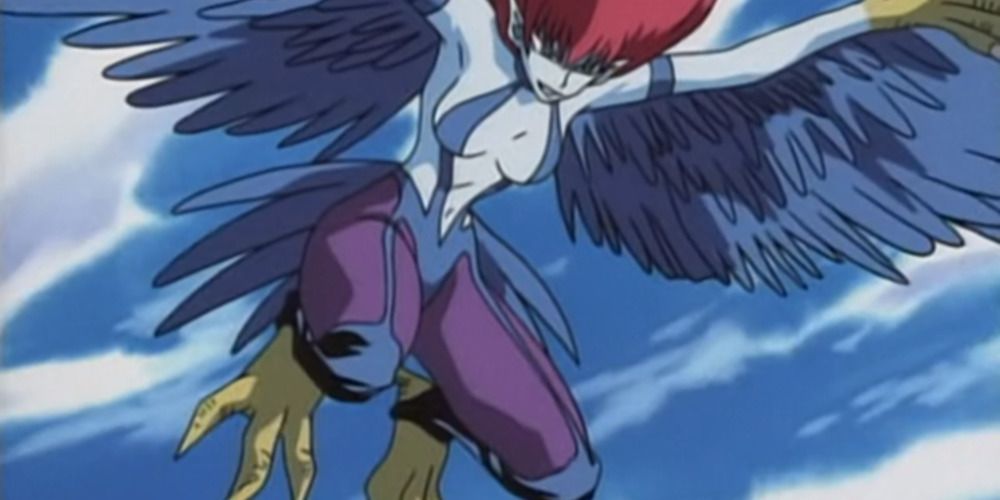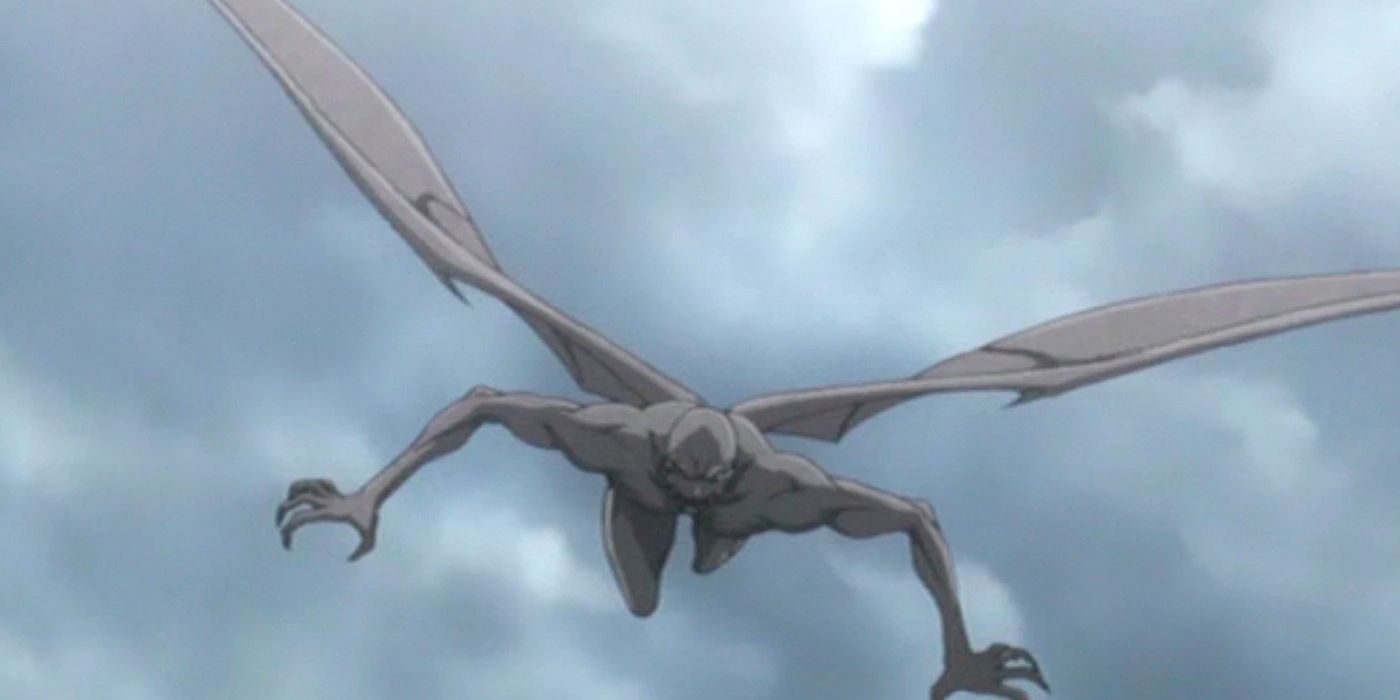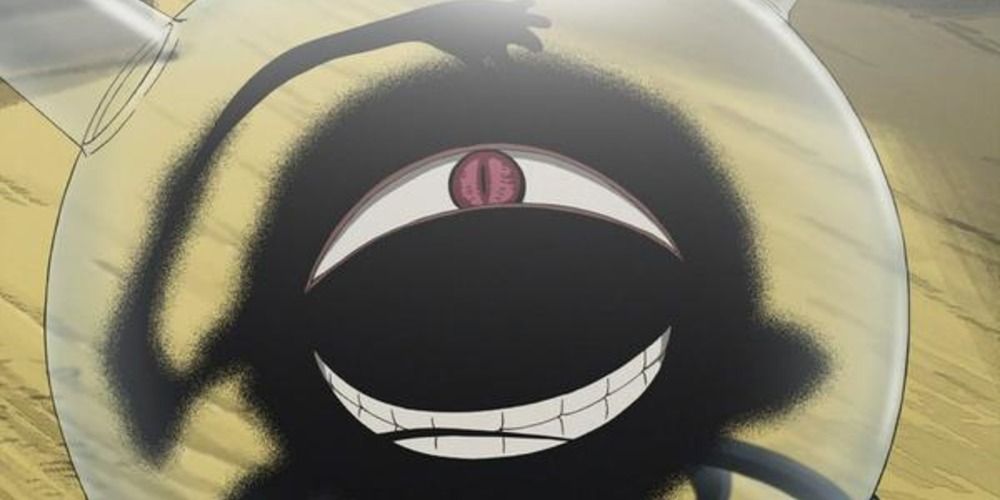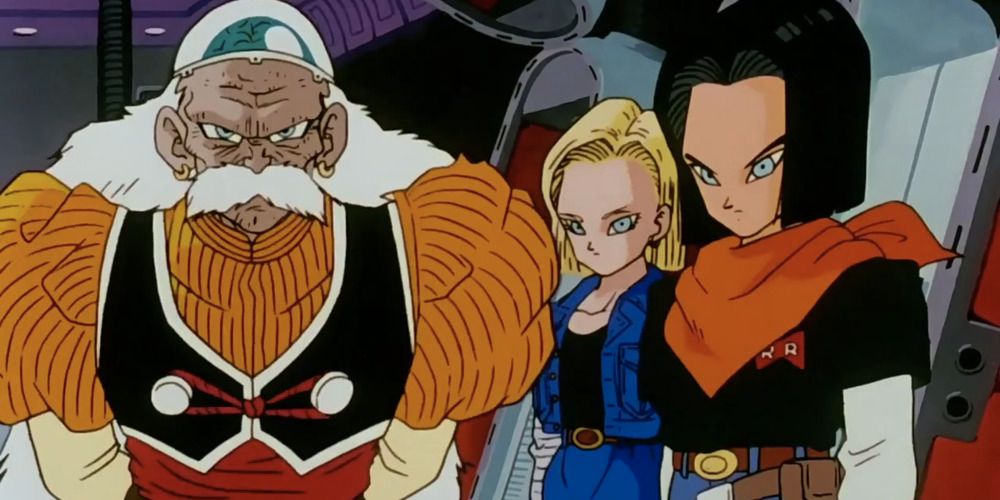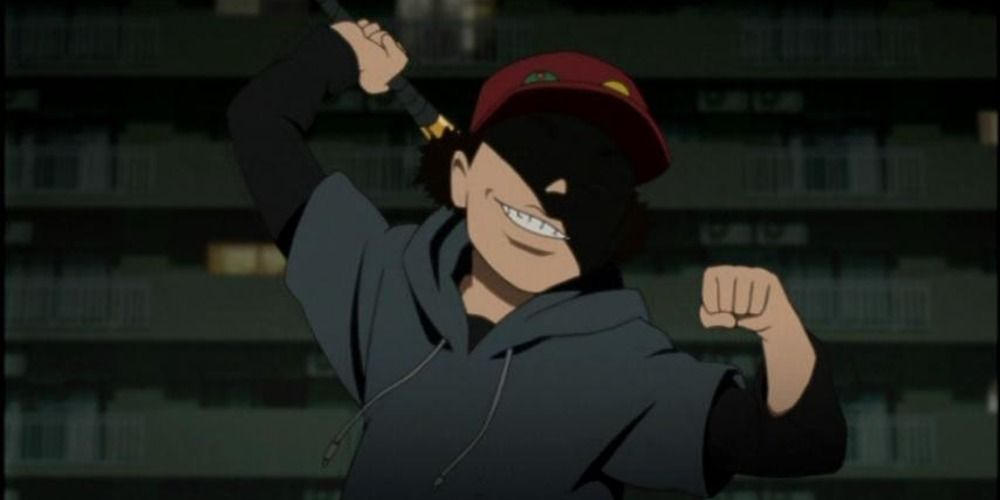A great deal of anime in the fantasy and supernatural genres have taken inspiration from mythical creatures and local folklore as the basis of inspiration for their worlds. From the many, many depictions of the afterlife, to vampires, werewolves, and everything in between, if it has been a popular creature at any point in time it has probably been used in anime in one way or another.
That being said, most writers will take creative liberties when using these myths and legends, as the classic lore is often too dark or bizarre to be marketable to a wider audience. Sometimes, though, writers will go one step further and take such a left turn in their interpretations that the original source of the creature is barely recognizable, leaving them with a wholly original being. Here are 10 such ways that anime reinterpreted famous mythical and legendary creatures.
10 BLEACH: Vampires Suck Spiritual Energy
Vampires have gone through so many changes over the centuries that their original legends are all but forgotten, being replaced by the modern bloodsuckers of fiction we have today. The first full filler arc in Bleach, the Bount Arc, follows the titular creations as they do what all Bleach villains do and invade Soul Society for one reason or another.
Instead of being bloodsucking heliophobes, these vampires instead suck out the souls of their victims to increase their already impressive powers. Although to be fair to the lore, vampires originally fed on "vital essence:" a sort of energy that flows through living creatures, rather than blood, which has been interpreted as a human soul in the past.
9 YO-KAI WATCH: Yokai Are Basically Pokémon
The strange, spiritual companions of Nate and Katie are, for the most part, fairly accurate. In folklore, yokai are spirits that inhabit objects or are represented in the form of a creature. They often cause emotional changes in the person they are haunting, although that's where the similarities end and the weird stuff begins.
The act of this anime's yokai gifting the children a token to summon them possibly comes from Kokkuri, a game similar to the Western-based Oujia Board that uses coins instead of the planchette, and is often associated with summoning evil or mischievous spirits.
8 NARUTO: The Nine-Tailed Fox Is A Kaiju
The nine-tailed fox is prevalent in many Eastern cultures under different names. In Japan, it's known as a kitsune, in China it is kyubi and in Korea it is kumiho. Despite the difference in names, the overall legend is the same: the nine-tailed fox is a shapeshifting spirit of mischief that takes the form of a young lady. While Pokemon and Yu Yu Hakusho get the look and magical powers mostly right, Naruto takes a far more monstrous approach to the spirit.
Bloodthirsty and destructive, Kurama is more like a fox shaped bomb than the magical trickster it was based on. It notably has no shapeshifting abilities to speak of, although one could argue that Naruto has that ability with his Transformation Jutsu, being one of the most prevalent and practiced users of that particular power.
7 TOKYO GHOUL: Ghouls Have Superpowers
While Tokyo Ghoul got the flesh-eating part of this monster right, just about everything else (such as superpowers) is changed. Originating in Arabic folklore, ghouls are said to wander graveyards, deserts and other uninhabited places, while preying on unsuspecting victims.
Some lore suggests that ghouls are desert-dwelling shapeshifters, taking the form of a hyena to represent their scavenging ways. This form of a ghoul is probably most recognizable from the Witcher video game series, which is one of the more faithful representations of the monster.
6 EVERY MAGICAL GIRL ANIME EVER: Witches Are Heroic
With the exception of the deconstructive Madoka Magica series, magical-girl shows tend to depict being a witch as some fantastical gift that one should be proud to possess, and these witches are often the protagonists of their shows. In reality, witchcraft was mostly associated with necromancy, demonology and using much darker forces than the lighthearted magic shown in magical-girl centered would imply.
The idea of white witches didn't come about in folklore until much later in history, and were often just the misinterpretation of medical practices by patients who didn't understand what their doctor's were prescribing to them.
5 YU-GI-OH!: Harpies Look More Human
The general idea for a harpy is a feminine bird/human hybrid, originating in Greek and Roman mythology. In ancient carvings and drawings of the creatures, they were depicted as almost entirely avian in appearance, except for having the head of a woman. This would give them a much more bestial look than Yu-Gi-Oh would have audiences believe.
The harpies' design has changed over the years as they are used more often, being shown as more feminine than bird-like. They're also often depicted wearing little in the way of clothing, especially in Harpie Lady's Japanese design for the show.
4 CLAYMORE: Yoma Are Man-Sized Fighters
The Yoma from Claymore are depicted as skinny, almost skeletal, shapeshifting monsters with a taste for human flesh. In its original folklore, yoma are far more monstrous and imposing, towering over full-grown men and possessing razor-sharp claws and horns. They were notably similar in appearance to an oni and often red or blue in coloration.
Strangely enough, the Hell Brothers' design from Dragon Ball Z are a near-perfect match for what a yoma would look like, although they are far nicer than their legendary counterparts or the ones seen in Claymore.
3 FULLMETAL ALCHEMIST: Homunculi Are Superpowered Beings
While a great deal of Fullmetal Alchemist's lore is based in a glorified version of the real-world practice of alchemy, Hiromu Arakawa took a few creative liberties when it came to the villains of the series. If anything, Father's original form, the dwarf in the flask, is the most faithful representation of a homunculus shown, much more so than his seven children.
To simplify the "recipe," an alchemist must seal the sperm of a man inside a container until it has putrefied and came to life, then feed it blood until it grows into a child. While the sealed container and human blood aspects are easy to see in Fullmetal Alchemist, fans are thankful that the main ingredient was left out.
2 DRAGON BALL Z: Androids Are Basically Cyborgs
There was a time, many years ago, when the idea of an entirely mechanical being was completely outside the realm of possibility, although with recent advances in science and technology this has become a case of fantasy turned reality. In past concepts, an android was an automaton made to look like a human, possibly using synthetic flesh to invoke realism in much the same way the Terminator series shows.
The problem with Dragon Ball Z's representation is more a case of terminology than looks as, with the exception of Android 16 and 19, all of the other androids in the anime were made from a human base. As such, they should actually be called cyborgs.
1 PARANOIA AGENT: Lil' Slugger Is (Technically) A Tulpa
Anyone who's watched Supernatural would be familiar with the Tulpa, which in Western occultism may be better known as a thoughtform. Tupla originate from Buddhism, and is a being manifested through the power of thought and willpower. It was used to explain how Buddha himself was able to exist in an infinite number of bodies and travel to and from heaven, being more aligned with spiritualism than with monsters and creatures of the night.
Although it makes for an interesting premise, the only real accuracy Lil' Slugger has in connection with the Tulpa comes from his inception, not his actions.

